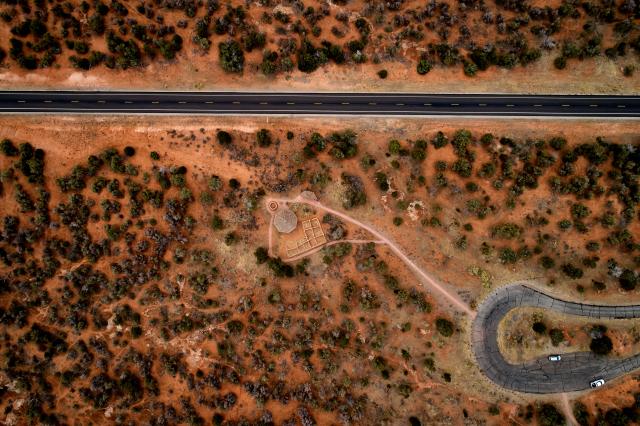Related Stories
- Overcoming challenges to move the BLM forward: Nikki Haskett
- Connecting Utah students to public lands careers
- National Conservation Lands: 25 years – and eons – in the making
- Convenient float trips and ancient hunting grounds abound on Wild and Scenic River
- A New Perspective Through Art: The 2024 California National Historic Trail Poster
Office
82 East Dogwood
Moab, UT 84532
United States
Phone:
Email:



